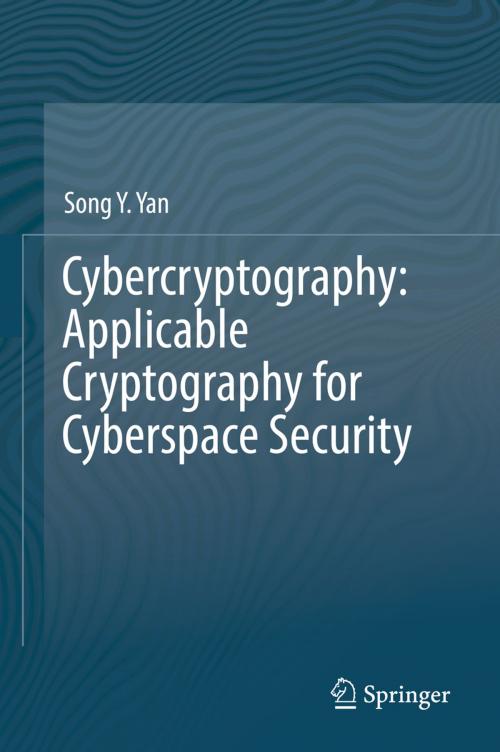Cybercryptography: Applicable Cryptography for Cyberspace Security
Nonfiction, Computers, Advanced Computing, Theory, Networking & Communications, Computer Security, General Computing| Author: | Song Y. Yan | ISBN: | 9783319725369 |
| Publisher: | Springer International Publishing | Publication: | December 4, 2018 |
| Imprint: | Springer | Language: | English |
| Author: | Song Y. Yan |
| ISBN: | 9783319725369 |
| Publisher: | Springer International Publishing |
| Publication: | December 4, 2018 |
| Imprint: | Springer |
| Language: | English |
This book provides the basic theory, techniques, and algorithms of modern cryptography that are applicable to network and cyberspace security. It consists of the following nine main chapters: Chapter 1 provides the basic concepts and ideas of cyberspace and cyberspace security, Chapters 2 and 3 provide an introduction to mathematical and computational preliminaries, respectively.
Chapters 4 discusses the basic ideas and system of secret-key cryptography, whereas Chapters 5, 6, and 7 discuss the basic ideas and systems of public-key cryptography based on integer factorization, discrete logarithms, and elliptic curves, respectively. Quantum-safe cryptography is presented in Chapter 8 and offensive cryptography, particularly cryptovirology, is covered in Chapter 9.
This book can be used as a secondary text for final-year undergraduate students and first-year postgraduate students for courses in Computer, Network, and Cyberspace Security. Researchers and practitioners working in cyberspace security and network security will also find this book useful as a reference.
This book provides the basic theory, techniques, and algorithms of modern cryptography that are applicable to network and cyberspace security. It consists of the following nine main chapters: Chapter 1 provides the basic concepts and ideas of cyberspace and cyberspace security, Chapters 2 and 3 provide an introduction to mathematical and computational preliminaries, respectively.
Chapters 4 discusses the basic ideas and system of secret-key cryptography, whereas Chapters 5, 6, and 7 discuss the basic ideas and systems of public-key cryptography based on integer factorization, discrete logarithms, and elliptic curves, respectively. Quantum-safe cryptography is presented in Chapter 8 and offensive cryptography, particularly cryptovirology, is covered in Chapter 9.
This book can be used as a secondary text for final-year undergraduate students and first-year postgraduate students for courses in Computer, Network, and Cyberspace Security. Researchers and practitioners working in cyberspace security and network security will also find this book useful as a reference.















